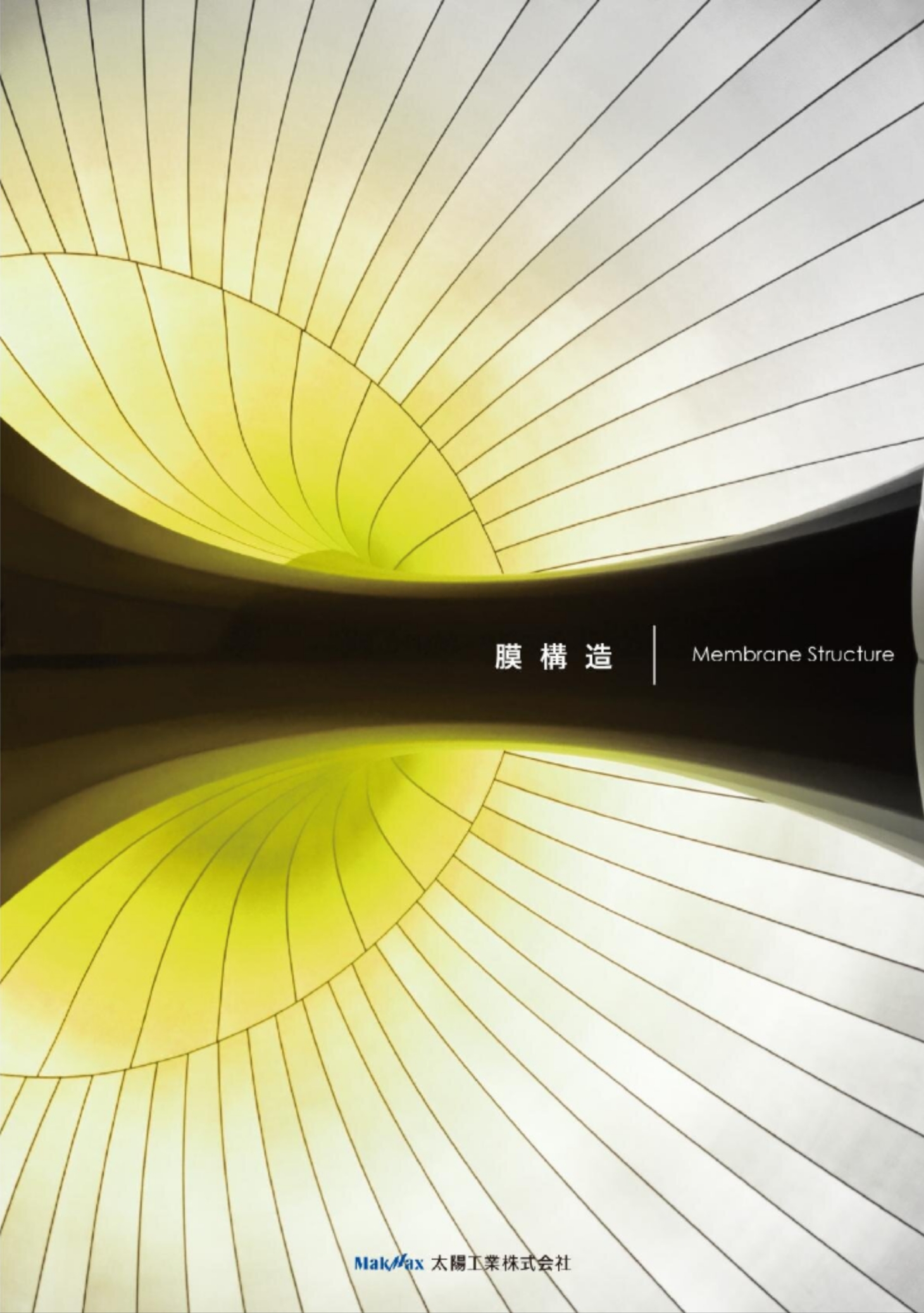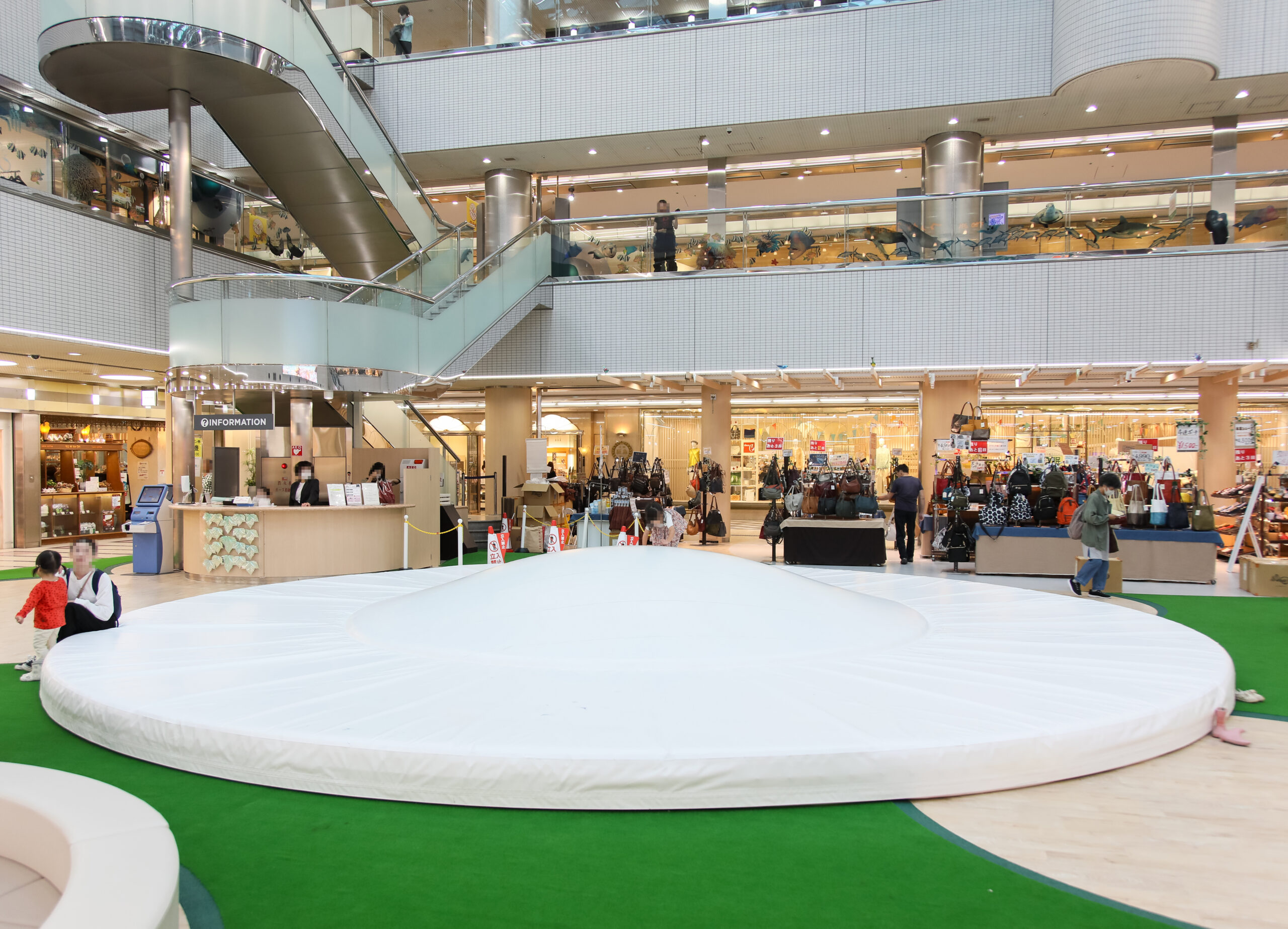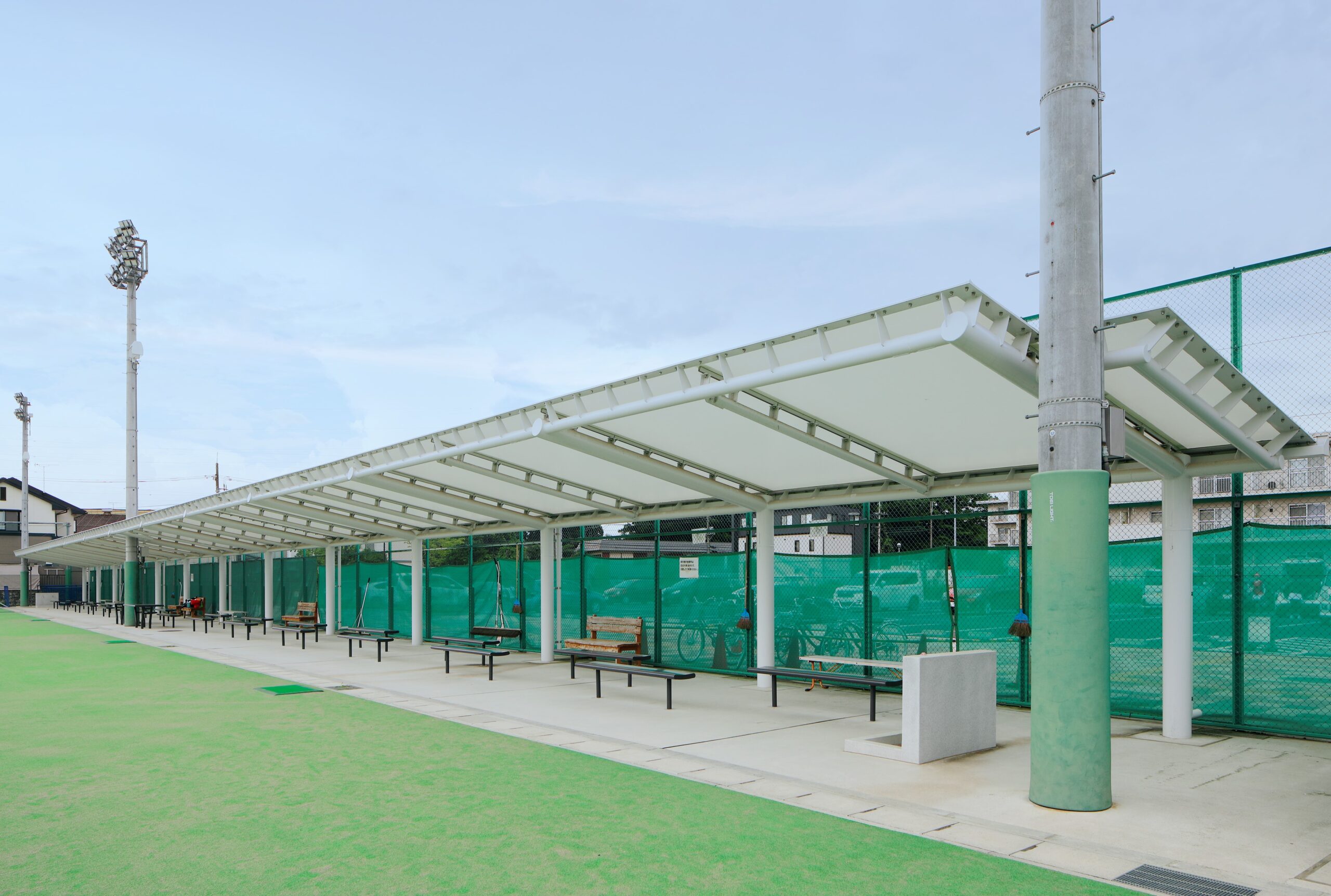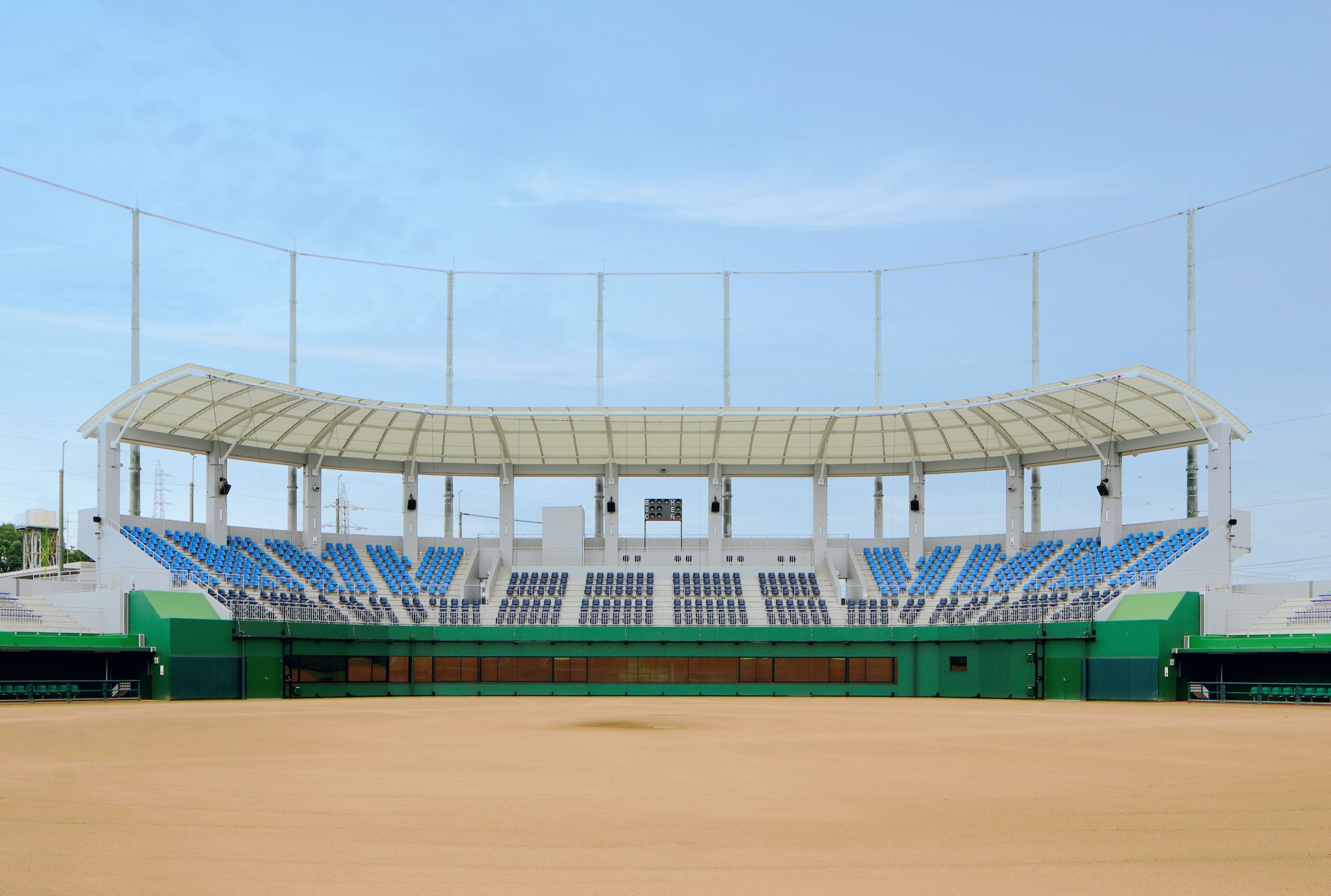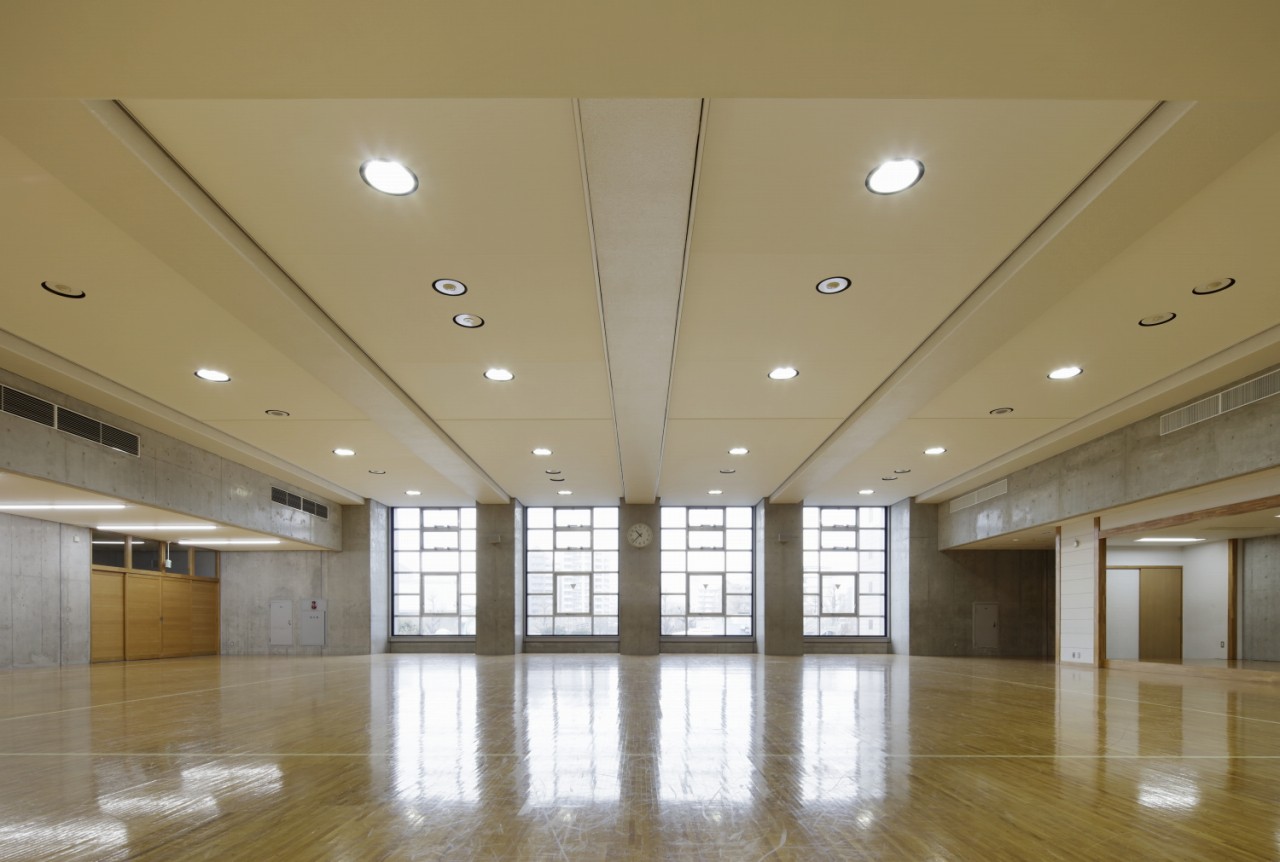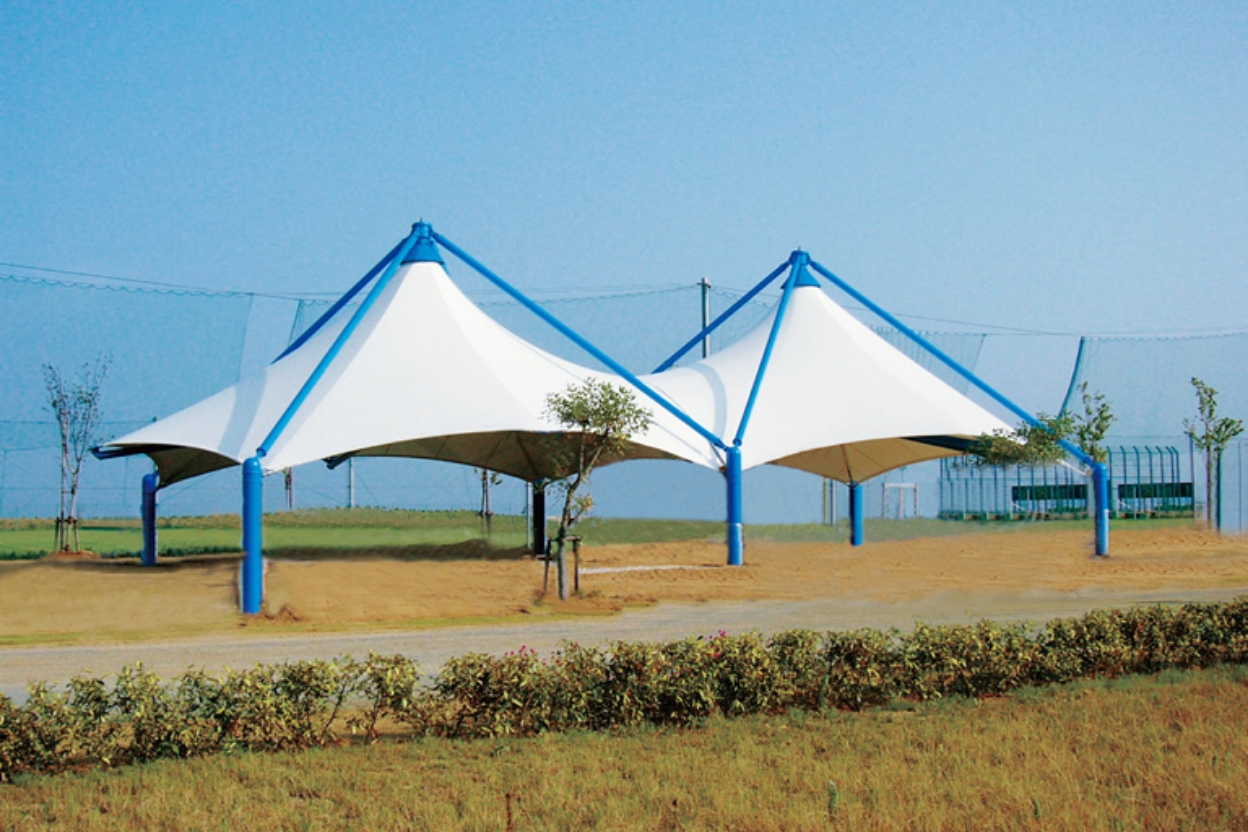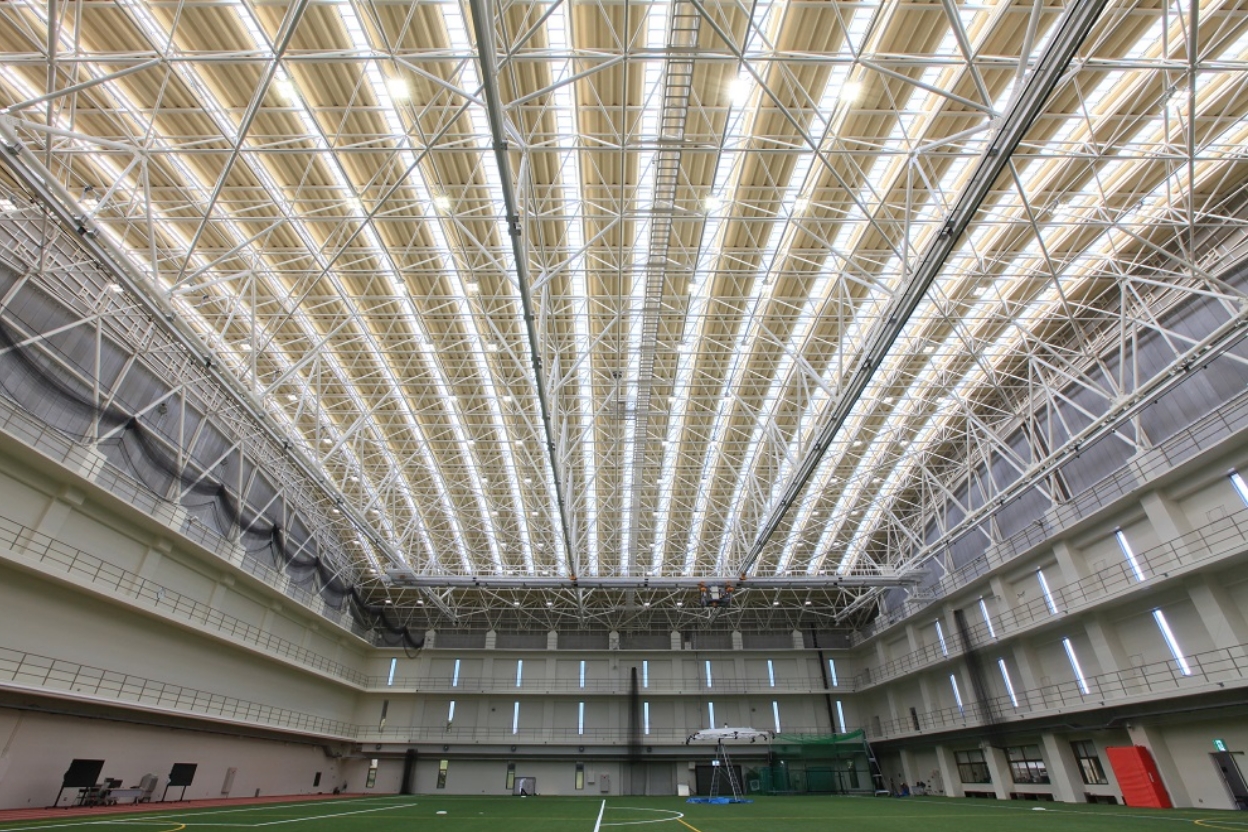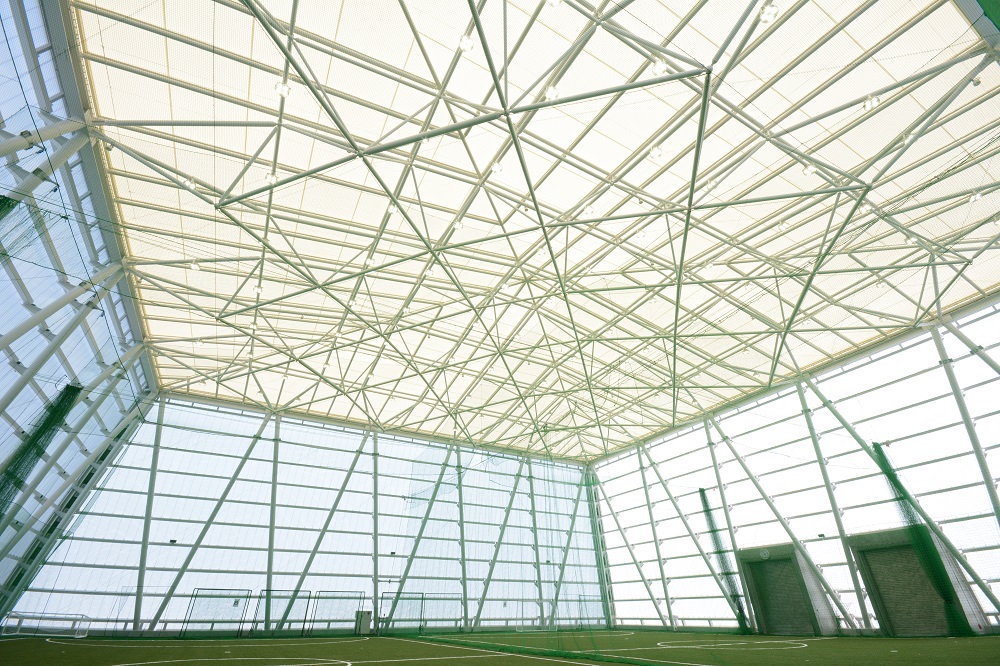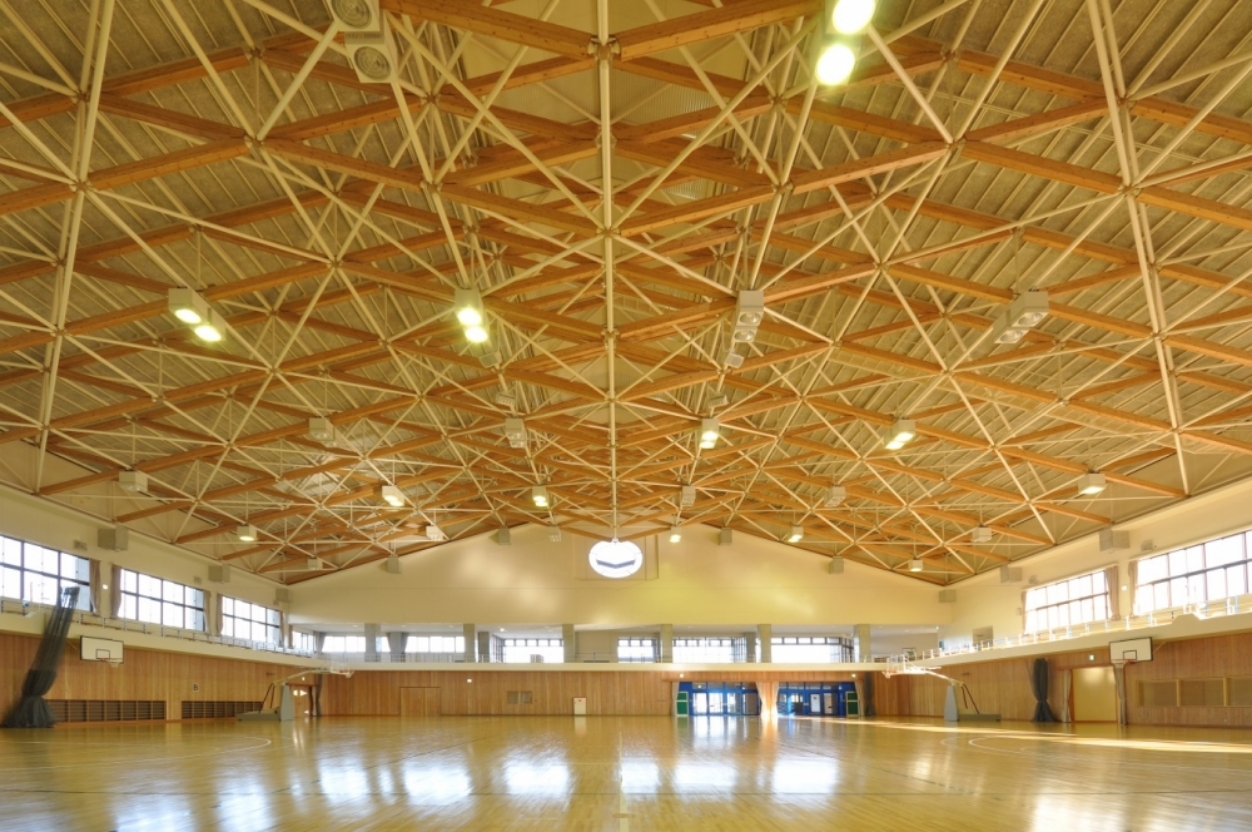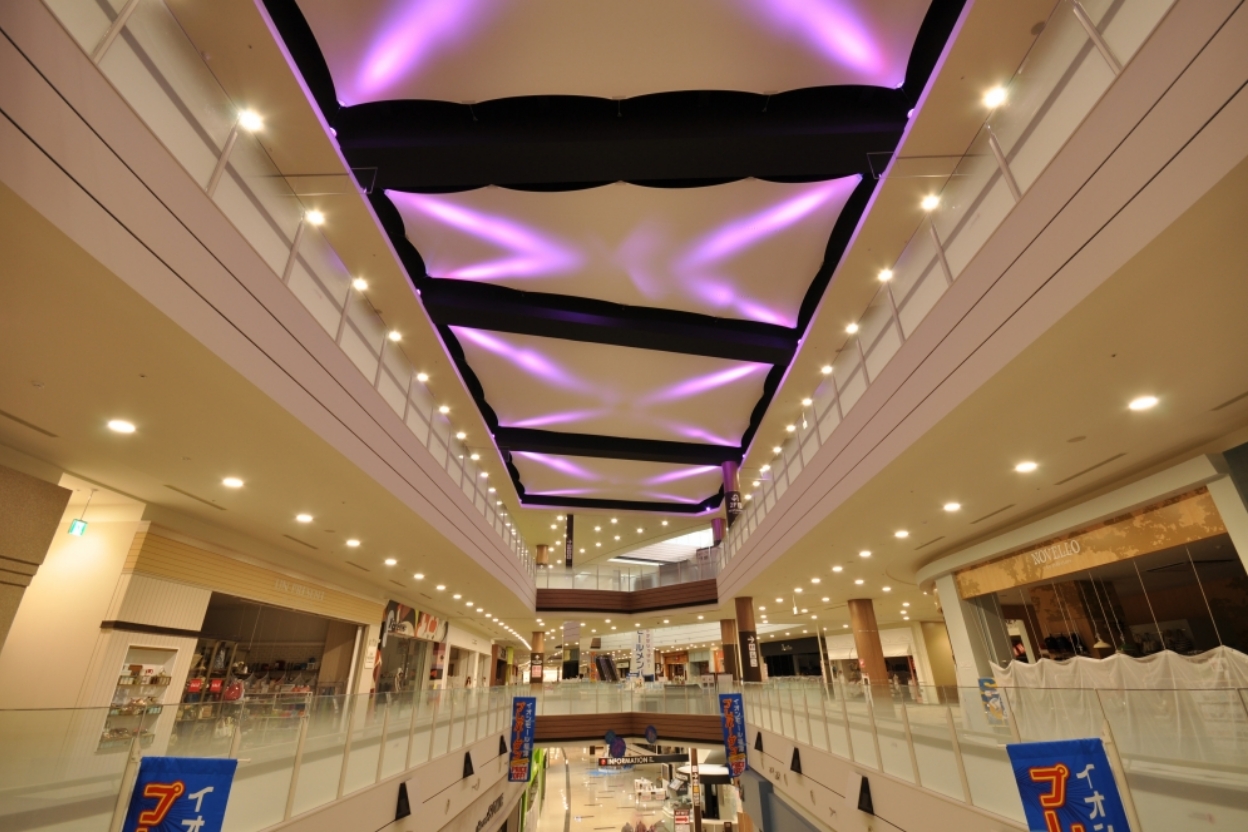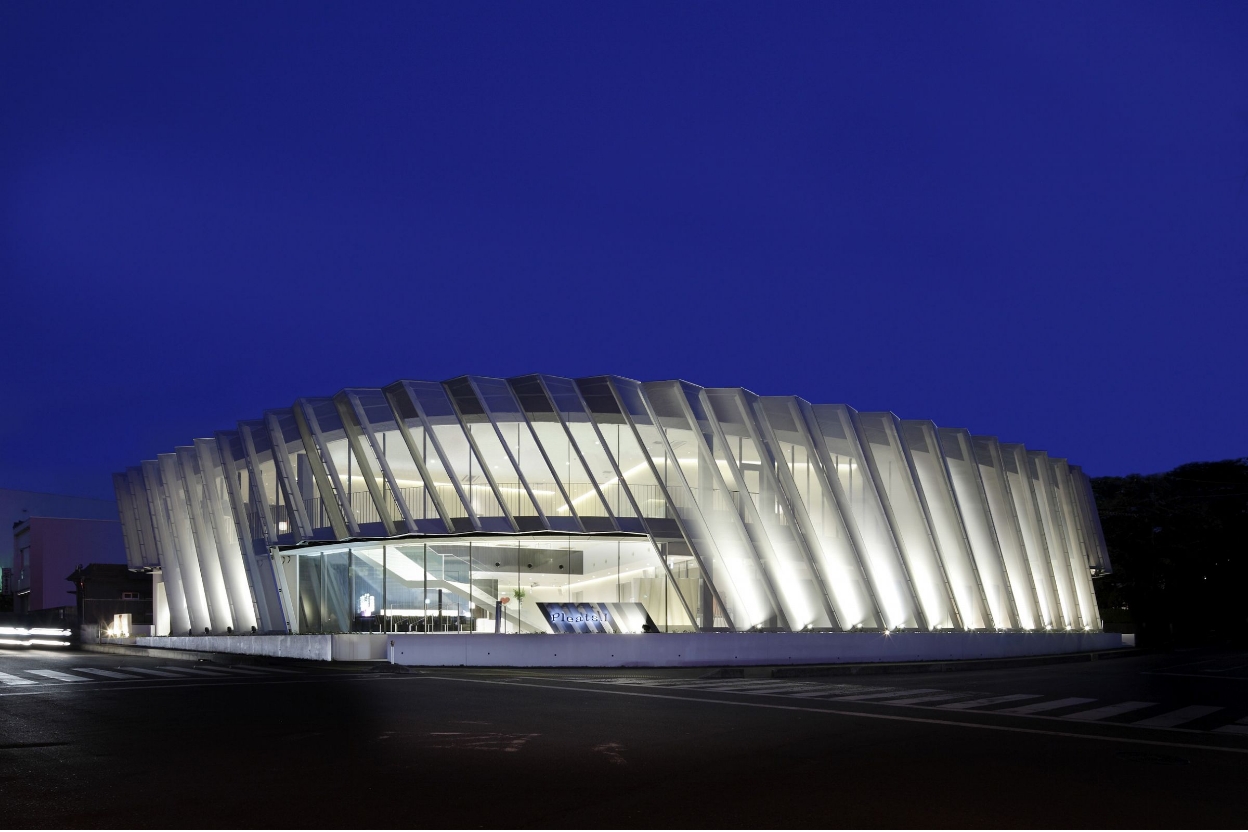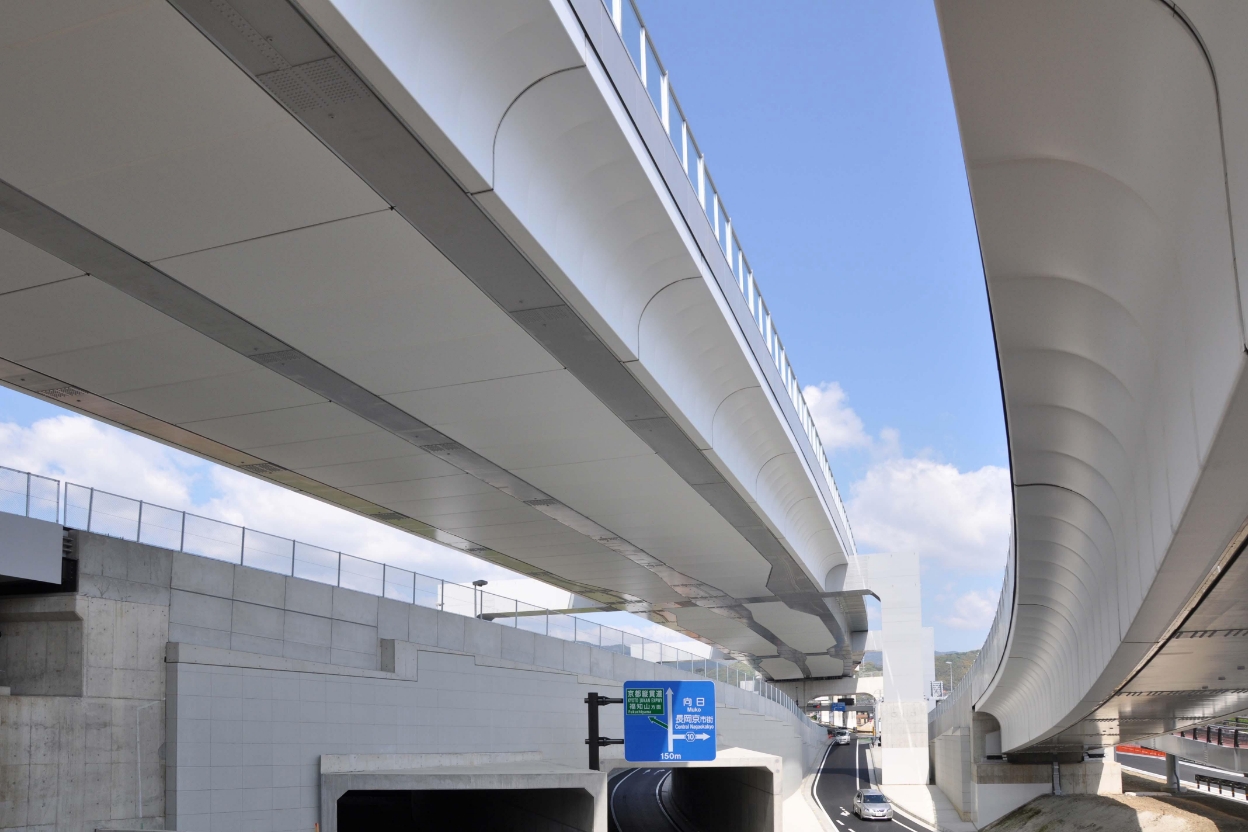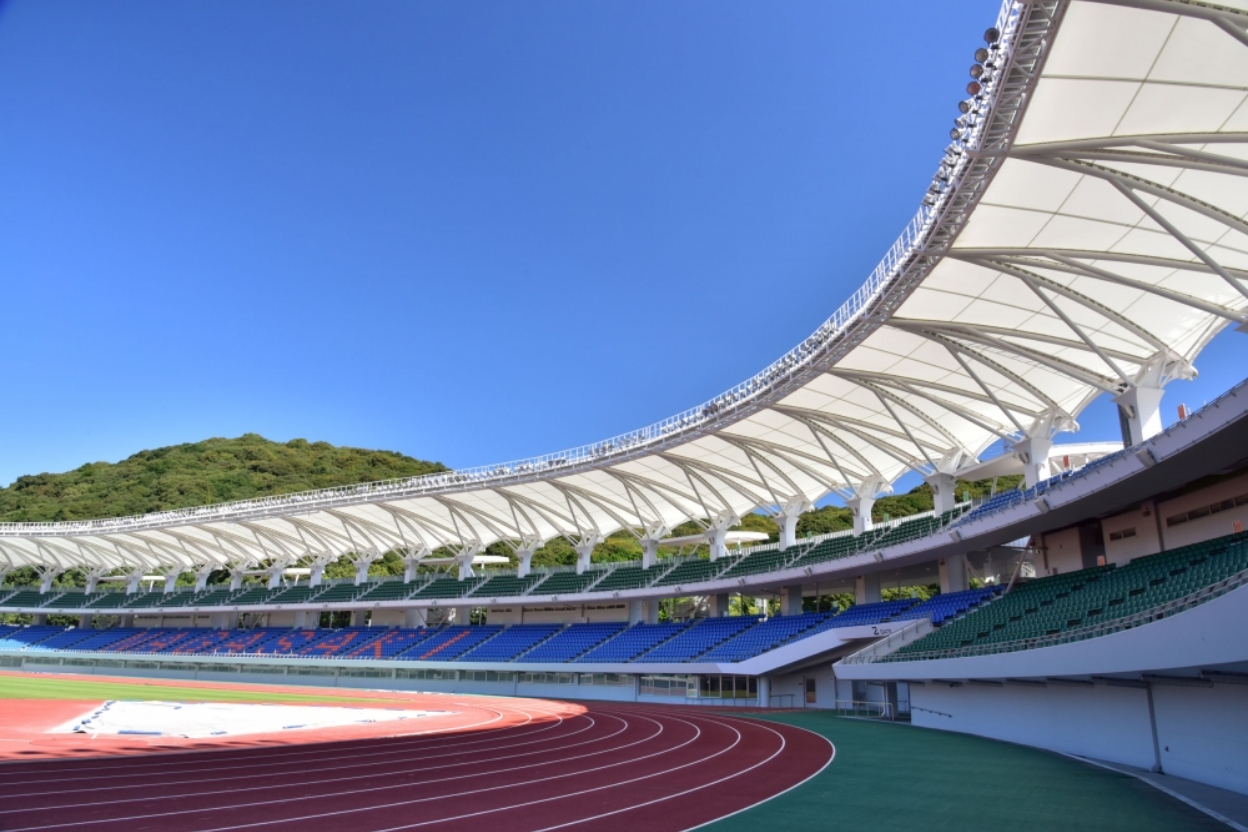
Membrane Structure
Light and soft membrane material.
Create a bright and comfortable space.
Architectural structures created with lightweight, flexible membrane materials offer many advantages, including unique design, beautiful lighting, the comfort of open spaces, high earthquake resistance, and environmental friendliness. Although only 1mm thick, it has a durability of over 40 years, making it a landmark in many parts of the world, from large stadium-class buildings to familiar sunshade shelters.
Related Keywords
- Public Architecture
- Architectural Business
- Private Architecture
- Global Business
- Facilities
- Transportation Facilities
- Educational / Cultural / Government Facilities
- Commercial Establishments
- Medical care / Welfare facilities
- Productive Facilities
- Logistics Facilities
- Government / Public Corporations
- Health and Social Care
- Schools / Education
catalog
Related Achievements
Product & Service
Features
Extensive track record
Light and beautiful form that only a membrane structure can provide. The free form is realized with few pillars.
Excellent translucency
During the day, it keeps the room bright and reduces lighting costs. Also, at night, lighting creates a fantastic space.
Shortened construction period
Large areas of membrane panels can be installed at once using the latest construction methods. Similarly, removal work can be easily performed.
Contributes to cost reduction
Its light weight contributes to cost reduction, including the cost of membrane materials. The use of photocatalytic membrane materials also reduces maintenance costs and temperature rise due to the self-cleaning effect.
Large-space buildings are possible
Its light weight and few columns make it suitable for large-space buildings.
Earthquake-resistant
The light weight of the roof reduces the burden on the building, and the membrane itself is elastic, making it less susceptible to the effects of earthquakes.
Shape of Membrane Structure Building
Frame membrane structure (fixed and mobile)
A structural form in which membrane material is stretched over a mountain-shaped or arched framework (steel, wood, or other).
Structural support method
- plane truss
- solid truss
Suspension membrane structure (fixed and mobile)
A structural type in which the cable is lined with a membrane material.
Structural support method
- brace
- arch
Air membrane structure (fixed and mobile)
Air is fed into a space covered with membrane material to form an air membrane with increased internal pressure. The membrane is placed under tension to resist self-load and external forces.
Structural support method
- Tube Membrane Structure
- Dual membrane structure
- Single membrane structure






